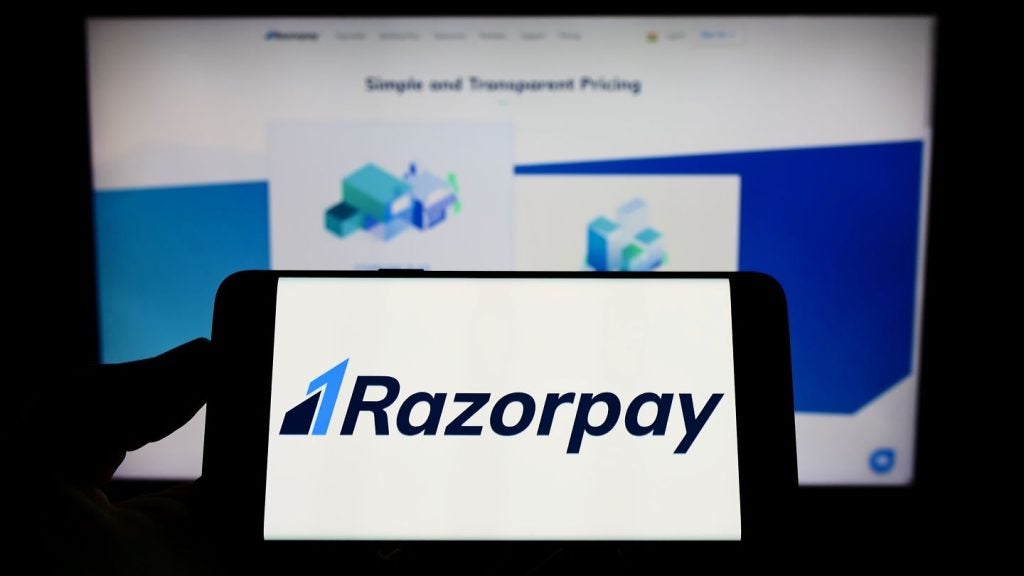Ever since credit cards first became readily available in the 20th century, consumer spending has been driven by borrowing. Today, plastic cards continue to dominate the world of consumer credit, but the traditional instalment plan is taking a new form for the digital generation
In recent months we have seen the introduction of new alternative instalment plans by PayPal and MasterCard, not to mention the launch of Amazon Pay Monthly in the UK – thought to be the first country in the world to gain access to this payment method. Much like traditional credit cards, these new services enable shoppers to split high-value purchases across a series of monthly transactions, offering greater flexibility and freeing consumers from paying extra for credit.
What sets these services apart is that they cater specifically to the growing proportion of people that favour Alternative Payment Methods (APMs) to purchase goods. APMs include any payment that falls outside the sphere of traditional plastic credit or debit cards, from eWallets to mobile payments, and now monthly instalment plans that are exploding onto the payment scene.
In its latest Global Payments Report, Worldpay found that APMs inched past card payments for the first time ever in 2015, gaining 51% of global market share. This gap is set to widen in 2016 and beyond, as more consumers opt for the convenience of "e" payment options over traditional plastic.
Shoppers today have grown up in a hyper-connected world, with a wealth of information and services at their fingertips. According to comScore’s Global Mobile Report, more than 90% of millennials own a smart phone, and there’s little doubt that mobile devices are becoming this generation’s favourite shopping tool. According to research by Barclays , UK consumers are set to spend over £53 billion each year using their smartphones and tablets by 2024. As young people enter the workforce and establish their homes, they will also begin to purchase big-ticket items from furniture to freezers, and will appreciate flexible payment options from their payment providers and merchants alike.
It is this demographic that has driven the rise of Klarna, one of today’s leading providers of pay-by-instalment. Klarna quickly realised that today’s digital consumers are highly sensitive to how quickly and easily they can make payments, and that it needed to help merchants deliver on these expectations with a user-friendly interface and a smooth, speedy checkout process. The company has now reached more than 45 million users and continues to expand across Europe and the US.

US Tariffs are shifting - will you react or anticipate?
Don’t let policy changes catch you off guard. Stay proactive with real-time data and expert analysis.
By GlobalDataAs more people shop online, APM providers such as Klarna could have the advantage over traditional credit card companies when it comes to helping cost-conscious shoppers make the purchases they want while still enjoying speed and convenience of a digital transaction. Sitting within the checkout page, these new services offer a fast and seamless shopping experience with no visible break in the customer journey. What’s more, the majority of credit applications are approved within seconds, providing the instant feedback that has become so important to online shoppers.
Young consumers today are spoiled for choice, and unless merchants can deliver a suitably quick and flexible service these shoppers will quickly take their custom elsewhere. A slick design and smooth checkout process are not merely a "nice to have" in this environment; they are essential. With an entire generation of young shoppers beginning to consider its credit options, those merchants who offer digital-friendly flexible payment plans will be best-placed to reap the long-term benefits.
In Brazil, one of the largest eCommerce markets in the world, up to 80% of online purchases are already made by instalments . This instalment culture is driven largely by the expense of traditional credit services and desire to better manage cash flow, but it’s also a way for merchants to empower consumers by allowing them to purchase goods they would be otherwise unable to buy, with the added advantage of easy budgeting. The benefits to merchants are evident in the regular income they receive, along with repeat custom and improved customer loyalty. It’s worth noting that as the level of internet penetration across Latin America increases, the attractiveness of instalments will win over a growing proportion of young customers on the continent.
On a global scale, we’ve seen a growing adversity to credit as consumers are increasingly concerned about living beyond their means. To add to this, being able to compare the price of a good from multiple retailers in a matter of seconds has made young shoppers more savvy about cost in general. The option to pay by instalments, repayments or when prices are fixed in advance, means shoppers are less likely opportunity – and are less tempted – to overspend. In the case of companies such as Klarna that offer a less intimidating payment alternative, young consumers are attracted by the ability to make safer, simpler purchases.
Throughout the history of consumer borrowing, our purchasing preferences have changed with the advent of new payment types. In each of these cases, those businesses that met shoppers’ new expectations moved forward with them while those that did not remained stuck in time. Today, an entire generation of young people need a cost-efficient way to purchase large goods without running into credit troubles. And while the concept of paying by instalments is by no means new, the potential size of the millennial market has made adapting instalments for the digital generation a natural next step for merchants everywhere.
Damon Anderson, VP Global Payment Products, Global eCommerce, Worldpay







